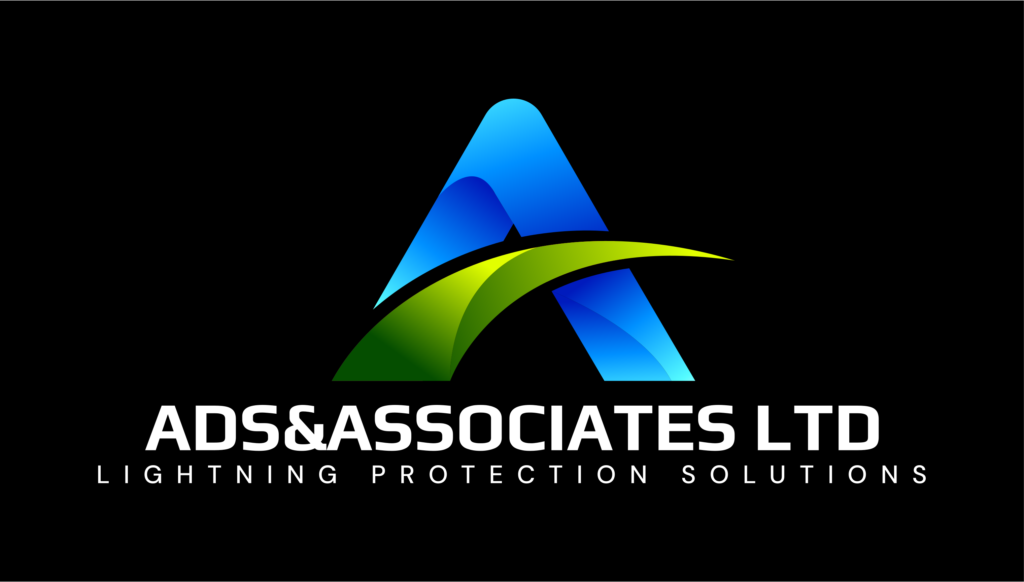Damage by overvoltage
WHEN POWER STOPS, EVERYTHING STOPS:
Overvoltages hit the most sensitive equipment of the system first. These are network interface units of servers, workstations and PC stations. When the data network is paralysed, the immediate result of the breakdown is already sever: there is no data flow in the company.
No customer address, no order registration, no material orders, no manufacture control, no CAD drawings, no delivery notes, no invoices, no payment, no management information…
There is no doubt: the costs resulting from data loss and company stand still are even greater than the direct lightning damage – it is millions of €’s
OVERVOLTAGES – A HOT THING!
27 out of 100 cases of damage to electronic equipment are caused by overvoltages.
Overvoltages are by far the most frequent cause of damage. This shows a study of over 7,700 cases od damage in Germany in 1998. (See diagram beside.) More frequently than carelessness, electronic killer impulses cause defects and breakdowns in an instant.
Anyone who has escaped that event by now has been either lucky – seen from the statistic point of view – or has made provisions.
CAUSES OF ELECTRONIC SAMAGE:
27.4% of all damage to elecronic equipment is caused by surges. This analysis is based on an evaluation of 7,737 instances of damage
Source: Wurttenbergische Versicherung AG, 1998 analysus.
DATA LOSS CAN MEAN THE END OF A COMPANY:
In 1987 an analysis was made in the USA showing the explosiveness: When an EDP system breaks down, banks and savings institutes are able to survive for only 2 days; sales orientated firms for 3.3; manufacturing plants for 4.9 and insurance companies for 5.6 days.
A statistic brought out by IBM Germany shows that firms are almost ruined after a 4.8 day EDP standstill. Computer safety specialists state, In real life, nine out of ten firms shut down when computers are not working for 2 weeks.
OVERVOLTAGES AND THEIR WAY INTO THE NETWORK:
Overvoltages are short duration peak voltages i.e. transient voltage – arising in time intervals of only milliseconds. They come up to peak voltages of some thousand Volts.
- These overvoltages are caused by:
- Direct lightning.
- Lightning strikes within a distance of 1.5km.
- Switching operations in the power supply system.
- Electromagnetic impulse energies due to switching operations.
Overvoltages take any direction to the ternminal equipment disturbing or damaging them: Any electrical power or communication line as well as any data network are vulnerable.
The efficient Protection concept against Lightning Currents and Overvoltages.
In order to achieve optimum protection effctiveness, guidlines are necessary providing a basis for system protection also against lightning electromagnetic impulses (LEMP). The interference effects of resistive and electromagnetic field coupling must be reduced to a harmless level.
The new international Standard DIN IEC 61312-1 (VDE 0185, Part 3)* recommends the Lightning Protection Zones Concept to achieve this by dividing the volume to be protected into lightning protection zones, an integrated installation of surge protective devices (SPDs) is made easier even in large data networks. Thus the effecrtiveness of the lightning protection system can be increased. This protection concept is a safer quide for extension or reconstruction measures.
LIGHTNING PROTECTION ZONES CONCEPTS:
As a first step the different lightning protection zones (LPZ) are defined. The sensitive equipment e.g. the server, a HUB or a workstation shall be classified in lightning protection zone 2, at lease. Bonding for all conductive parts crossing a lightning protection zone boundary will be provided. For instance, metal tubes and cable ducts as well as cable shields can be bonded to the equipotential bonding bars directly at the boundaries.
Surge protective devices used for bonding of live lines, such as electrical power or communication lines will correspond to the requirements of the respective zone boundary. When selecting the surge protective devices, their withstand capabilities as well as the electrical and mechanical requirements of the boundary should be observed.
EARTHING AND SCREENING:
It is beneficial to have many parallel paths to reduce the injected currents in the cable/shields. A meshed earthing system fulfils this requirement. It is recommended to take suitable measures in the planning phase.
All metal parts of significant dimensions associated with the structure should be bonded together and to the lightning protection system eg. metal reinforcements of concrete or metal skin roofs and metal facades. Bonding should be carried out for all external conductive parts entering the structure.
In large structures like computing centres, the connection to copper internal ring conducors is a good solution. Adequate bonding of cable shields is an essential part of the Lightning Protection Zones Concept. Basically, all shields should be bonded at both ends – at the patch panel as well as at the terminal/socket – directly or indirectly via SPDs.
Bonding should be provided and installed at the boundary of LPZs for metal parts and systems crossing the boundaries.
